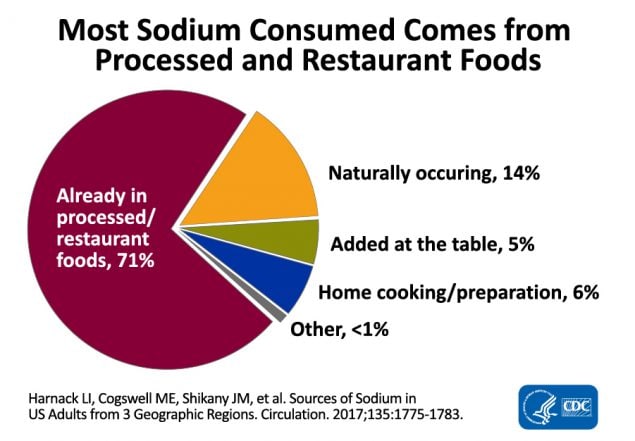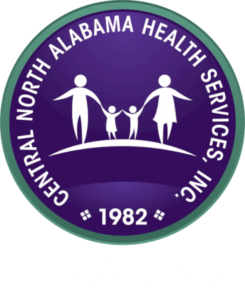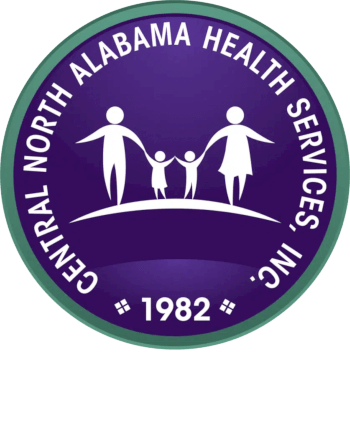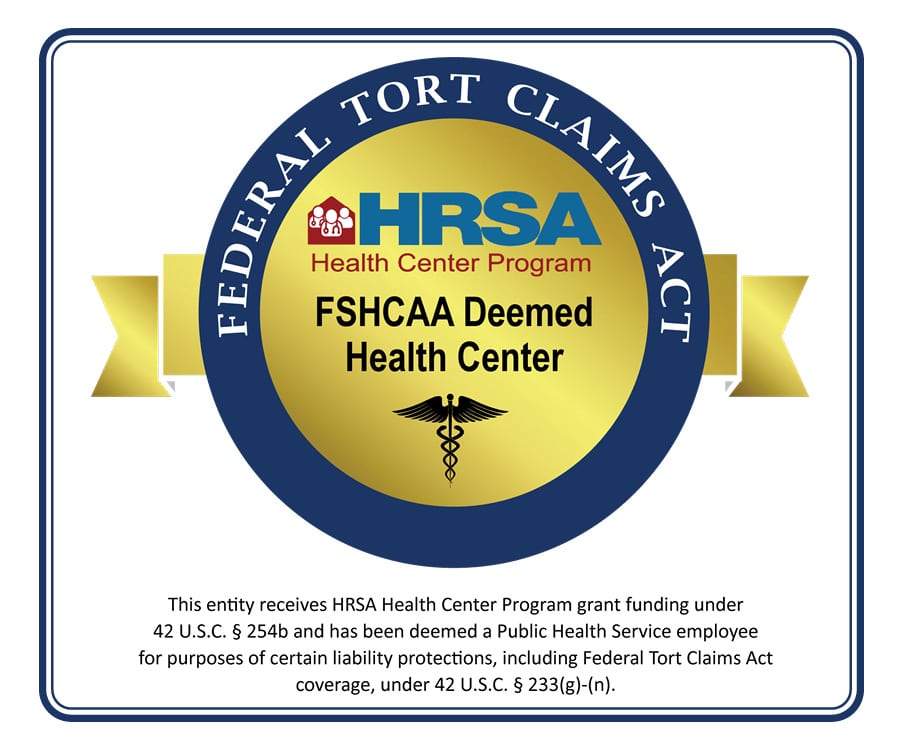Salt Crisis
Salt is like that uninvited guest at a party – it's everywhere! Don't believe me? Take a stroll down your grocery store aisle, pick up something you think shouldn’t have sodium or should be low sodium, and voila, surprise, surprise!
Consequences of a High Salt Diet:
According to the American Heart Association, a whopping 9 out of 10 Americans are eating way too much salt—around 3,400 mg per day. That’s way more than the recommended 2,300 mg for people 14 and older. The ideal limit? A maximum of 1,500 mg per day for most adults. Trust me, there’s room for improvement for most of us. And get this – just trimming down by 1,000 milligrams a day can do wonders for your blood pressure and heart health.
It’s really surprising how much salt people are putting in their bodies! Picture this: it’s like squeezing an elephant into a Mini Cooper. It’s just too much!
Consequences of a High Salt Diet: Eating salt that exceeds the recommended allowance will hurt your body. Your body is just not made to handle that much salt. Here are some consequences as listed by heart.org of consuming too much salt:
- High blood pressure
- Stroke
- Enlarged heart muscles
- Heart failure
- Headaches/migraines
- Stomach cancer
- Kidney disease
- Kidney stones
- Stomach cancer
- Osteoporosis
- Bloating/ Weight gain

Where do We Get Our Salt From?
Nearly all the foods we eat contain some sodium in their natural state. Then we add more when we cook, and maybe still more at the table, but you would never guess where we get most of our salt from!
Shocking!! Per the CDC, the average person in the U.S. gets their salt:
- From processed and prepared foods — 74%
- From natural sources — 14%
- Adding while eating — 5%
- Adding during cooking — 6%
- Other — 1%

One fast food kid’s meal can easily exceed 1,500 milligrams of sodium.
Daily American Sodium Guidelines
Ask your care team how much sodium you should be consuming. Per Health.gov, the daily recommended sodium limits are:
- Ages 1–3 — Less than 1,200 milligrams
- Ages 4–8 — Less than 1,500 milligrams
- Ages 9–13 — Less than 1,800 milligrams
- Ages 14–adults — Less than 2,300 milligrams
5 Tips for Reducing Salt
Sodium is not the bad guy; our bodies need it, but too much of a good thing can wreak havoc. The average American consumes 3,400 mg of salt daily, playing Russian roulette with their health. Overloading on sodium is like giving your kidneys a marathon they never trained for – water retention, blood volume on steroids, and arteries facing pressure like a stressed-out intern. Hello, heart and kidney diseases.
Tips for reducing salt in your diet:
- Opt for more fresh food and less processed food.
- Scrutinize labels when buying processed foods to uncover hidden salt, along with sugar and fat content.
- When cooking, use half the salt the recipe suggests or omit it entirely.
- Employ herbs and spices to add flavor instead of salt.
- Refrain from placing the salt shaker on the table to reduce the temptation to add more salt.



